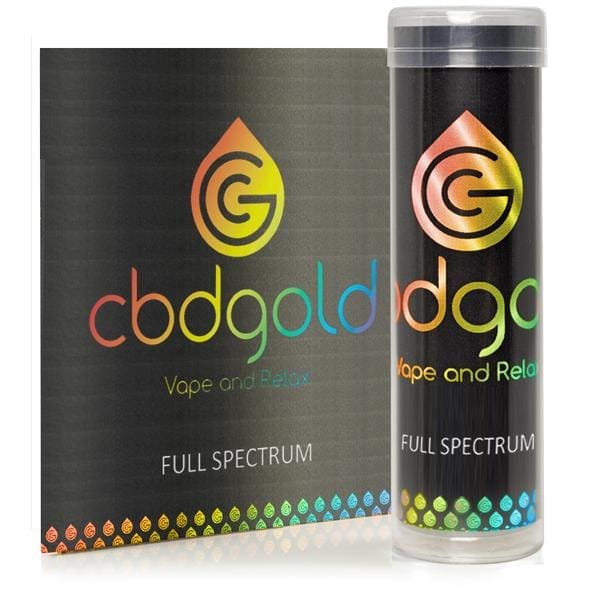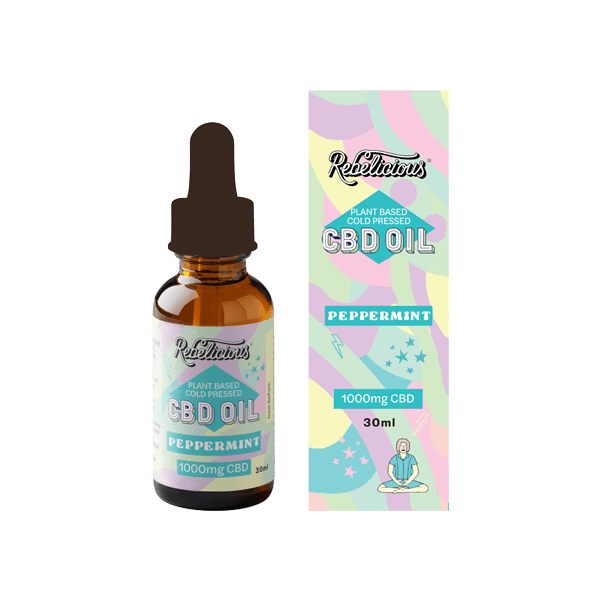Vegetable glycerin, a clear, odorless, and syrupy liquid derived from plant oils, is gaining popularity in the culinary world, particularly in the creation of edibles and confectionery. Its unique properties make it a versatile ingredient that enhances flavor, texture, and moisture. This blog delves into the fascinating world of vegetable glycerin, exploring its benefits, uses, and recipes for incorporating this ingredient into your kitchen creations.
What is Vegetable Glycerin?
Vegetable glycerin, also known as glycerol or VG, is a type of sugar alcohol derived from plant oils, typically palm, soy, or coconut oil. The production process involves heating the plant oils under pressure or combining them with a strong alkali, such as lye. The result is a clear, viscous liquid that is both sweet and hydrating. It is widely used in the food, pharmaceutical, and cosmetic industries due to its humectant (moisture-retaining) properties.
Benefits of Vegetable Glycerin in Edibles and Confectionery
1. Sweetener
Vegetable glycerin is naturally sweet, making it an excellent alternative to traditional sugar. It has about 60-75% of the sweetness of sucrose (table sugar), but with a lower glycemic index, meaning it has a smaller impact on blood sugar levels. This makes it a popular choice for those looking to reduce their sugar intake, manage diabetes, or follow a low-carb or ketogenic diet.
2. Humectant
One of the key properties of vegetable glycerin is its ability to attract and retain moisture. This makes it ideal for use in baked goods, candies, and other confections where maintaining moisture is crucial. It helps to keep products soft, moist, and fresh for longer periods.
3. Solvent
Vegetable glycerin is an effective solvent, meaning it can dissolve other substances easily. This makes it useful for extracting flavors from herbs, fruits, and other ingredients. It is often used in the creation of tinctures, extracts, and flavorings for use in edibles and beverages.
4. Emulsifier
As an emulsifier, vegetable glycerin can help to blend ingredients that would otherwise separate, such as oil and water. This property is particularly valuable in the production of sauces, creams, and candies, where a smooth and consistent texture is desired.
5. Shelf-Life Extension
By retaining moisture and preventing the growth of microorganisms, vegetable glycerin can help to extend the shelf life of edible products. This is especially beneficial for homemade confections that may not contain preservatives.
Uses of Vegetable Glycerin in Edibles and Confectionery
1. Baked Goods
Vegetable glycerin is commonly used in baking to enhance the texture and moisture of cakes, cookies, and breads. It can replace some or all of the sugar in recipes, resulting in a softer and chewier final product. Additionally, its humectant properties help to keep baked goods fresh for longer.
2. Candies and Sweets
In confectionery, vegetable glycerin is used to create a variety of candies and sweets. It can be used to make chewy candies, such as caramels and gummy bears, where it helps to maintain a soft and pliable texture. It is also used in hard candies to prevent crystallization and improve mouthfeel.
3. Ice Cream and Frozen Desserts
Vegetable glycerin can improve the texture and consistency of ice cream and other frozen desserts. It lowers the freezing point of the mixture, resulting in a smoother and creamier final product. Additionally, it prevents the formation of large ice crystals, ensuring a consistent texture throughout.
4. Beverages
Vegetable glycerin is often used in beverages to add sweetness and enhance flavor. It can be used in both alcoholic and non-alcoholic drinks, including cocktails, mocktails, and flavored waters. Its ability to dissolve other substances makes it an effective carrier for flavor extracts and tinctures.
5. Herbal Extracts and Tinctures
In the preparation of herbal extracts and tinctures, vegetable glycerin serves as an effective solvent. It can extract active compounds from herbs and botanicals, creating potent and flavorful extracts for use in cooking and baking. Unlike alcohol-based tinctures, glycerin-based extracts are suitable for those who avoid alcohol.
6. Sauces and Dressings
Vegetable glycerin can be used to create smooth and stable emulsions in sauces and dressings. Its emulsifying properties help to blend oil and water-based ingredients, resulting in a consistent texture and improved mouthfeel. It also adds a touch of sweetness, enhancing the overall flavour profile.


Recipes Using Vegetable Glycerin
1. Glycerin-Sweetened Chocolate Chip Cookies
Ingredients:
- 2 1/4 cups all-purpose flour
- 1/2 teaspoon baking soda
- 1/2 teaspoon salt
- 1 cup unsalted butter, softened
- 3/4 cup vegetable glycerin
- 1 teaspoon vanilla extract
- 2 large eggs
- 2 cups semisweet chocolate chips
Instructions:
- Preheat your oven to 350°F (175°C). Line a baking sheet with parchment paper.
- In a medium bowl, whisk together the flour, baking soda, and salt.
- In a large bowl, beat the butter and vegetable glycerin until light and fluffy. Add the vanilla extract and eggs, one at a time, beating well after each addition.
- Gradually add the flour mixture to the wet ingredients, mixing until just combined. Stir in the chocolate chips.
- Drop rounded tablespoons of dough onto the prepared baking sheet, spacing them about 2 inches apart.
- Bake for 10-12 minutes, or until the edges are golden brown. Allow the cookies to cool on the baking sheet for a few minutes before transferring to a wire rack to cool completely.
2. Glycerin-Based Herbal Extract
Ingredients:
- 1 cup dried herbs (such as mint, chamomile, or lavender)
- 1/2 cup vegetable glycerin
- 1/2 cup distilled water
Instructions:
- In a glass jar, combine the dried herbs, vegetable glycerin, and distilled water. Stir to ensure all the herbs are fully saturated.
- Seal the jar tightly and shake well. Place the jar in a cool, dark place for 4-6 weeks, shaking it gently every few days.
- After the infusion period, strain the mixture through a fine mesh strainer or cheesecloth, squeezing out as much liquid as possible.
- Transfer the glycerin-based herbal extract to a clean glass bottle and store it in a cool, dark place. Use as needed in recipes and beverages.
3. Glycerin-Sweetened Gummy Bears
Ingredients:
- 1/2 cup fruit juice (such as orange, apple, or berry)
- 1/4 cup vegetable glycerin
- 2 tablespoons unflavored gelatin
- 1 tablespoon honey or agave syrup (optional, for added sweetness)
- Silicone gummy bear molds
Instructions:
- In a small saucepan, combine the fruit juice and vegetable glycerin. Heat over low heat until warm but not boiling.
- Gradually sprinkle the gelatin over the juice mixture, whisking continuously to prevent clumps. Continue whisking until the gelatin is fully dissolved.
- Remove the saucepan from heat and stir in the honey or agave syrup, if using.
- Carefully pour the mixture into the silicone gummy bear molds, filling each cavity.
- Refrigerate the molds for at least 2 hours, or until the gummies are firm.
- Once set, remove the gummies from the molds and store them in an airtight container in the refrigerator.
4. Creamy Vegan Ice Cream
Ingredients:
- 2 cans full-fat coconut milk
- 1/2 cup vegetable glycerin
- 1/4 cup maple syrup or agave syrup
- 1 tablespoon vanilla extract
- Pinch of salt
Instructions:
- In a blender, combine the coconut milk, vegetable glycerin, maple syrup, vanilla extract, and salt. Blend until smooth and well combined.
- Pour the mixture into an ice cream maker and churn according to the manufacturer’s instructions, usually about 20-25 minutes.
- Transfer the churned ice cream to a freezer-safe container and freeze for at least 2 hours, or until firm.
- Allow the ice cream to sit at room temperature for a few minutes before scooping and serving.
5. Glycerin-Sweetened Cocktail
Ingredients:
- 2 ounces vodka
- 1/2 ounce vegetable glycerin
- 1/2 ounce freshly squeezed lemon juice
- 1/4 ounce simple syrup (optional, for added sweetness)
- Ice
- Lemon twist or slice, for garnish
Instructions:
- Fill a cocktail shaker with ice. Add the vodka, vegetable glycerin, lemon juice, and simple syrup, if using.
- Shake well until the mixture is chilled.
- Strain the cocktail into a chilled martini glass.
- Garnish with a lemon twist or slice and serve immediately.
Tips for Using Vegetable Glycerin in Edibles and Confectionery
1. Measure Carefully
Vegetable glycerin is highly viscous and sweet, so it’s important to measure it accurately to avoid overpowering your recipes. Using a kitchen scale can help ensure precise measurements.
2. Combine with Other Sweeteners
While vegetable glycerin is a great sugar alternative, it can sometimes impart a slightly different taste and texture to baked goods and confections. Combining it with other sweeteners, such as honey, maple syrup, or agave syrup, can help balance the flavors and achieve the desired consistency.
3. Adjust Baking Times
Recipes that use vegetable glycerin may require adjustments to baking times and temperatures. Keep a close eye on your baked goods, as they may cook more quickly or slowly than those made with traditional sugar.
4. Store Properly
Edibles and confections made with vegetable glycerin should be stored in airtight containers to maintain their moisture and freshness. If your product starts to separate or crystallize, simply warm it gently and stir to recombine.
5. Experiment and Customize
Vegetable glycerin is a versatile ingredient that can be used in a wide range of recipes. Don’t be afraid to experiment and customize your creations to suit your taste preferences and dietary needs.
Conclusion
Vegetable glycerin is a valuable ingredient in the world of edibles and confectionery, offering a range of benefits from sweetness and moisture retention to emulsification and shelf-life extension. Its versatility makes it an excellent addition to a variety of recipes, from baked goods and candies to ice cream and beverages. By understanding its properties and how to use it effectively, you can create delicious and health-conscious treats that will delight your taste buds and enhance your culinary repertoire. So, the next time you’re in the kitchen, consider reaching for vegetable glycerin and explore the sweet possibilities it has to offer.





